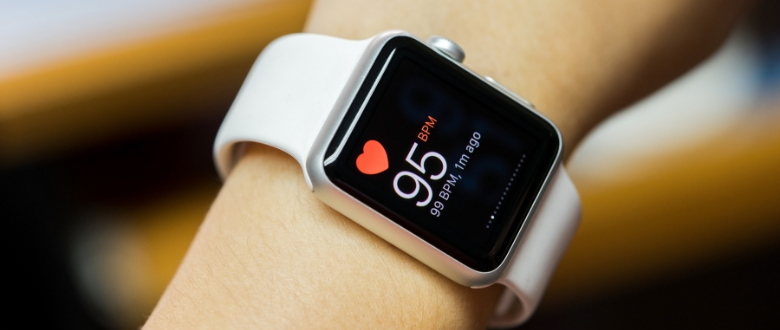When you are exercising, it is important to find the right balance of push and effort. If you are not pushing yourself enough, you will not see the desired results from your cardio workout routine. However, if you are pushing yourself too hard, you may put unnecessary strain on your heart and body. Knowing your maximum heart rate is a key tool in deciding how vigorous your exercises should be. Generally speaking, your maximum heart rate is determined by subtracting your age from 220. By knowing your maximum heart rate and using this information to guide your workouts, you can ensure that you are getting the most out of your exercise routine!
When most people think of exercising, they assume that it needs to be an intense workout in order for it to be beneficial. However, moderate exercises are actually a great way to improve your fitness level and heart health, especially if you have underlying conditions that make fitness a challenging task for you. moderate cardio exercises get your heart rate up without putting too much strain on your body. As a result, these types of workouts are perfect for people who are just starting to get into shape or who need to take things easy due to health concerns. When engaging in moderate cardio, your breathing should be faster-paced than normal, but not uncomfortable. You should not be sweating intensely during exercises like these. For example, this type of exercise can be compared to a briskly paced walk. Other examples of moderate-paced exercises include water aerobics, slow biking, and leisurely swimming. No matter what exercise you choose, moderate intensity is the key to getting the most benefit from your workout.
Vigorous exercise is a heart-pumping workout that can help you torch calories, build muscle, and improve your heart health. During vigorous exercise, your heart rate will increase and you'll be breathing more deeply and rapidly than during moderate exercise. You may also sweat more and find it difficult to carry on a conversation. Examples of vigorous exercises include running, jogging, elliptical training, and fast-paced swimming. If you're new to exercise, start with moderate activity and gradually work your way up to the vigorous activity. Always check with your doctor before starting any new workout routine.
Let’s look at what your target heart rate should be for both of these categories:
Maximum Heart rate = 220 – ( your age )
For example, if you are 40 years old, your maximum heart rate would be 220-40, which equals 180 beats per minute. Once you know your maximum heart rate, you can use it to help determine how vigorous your exercises should be. For moderate-intensity workouts, you should aim for 50-70% of your maximum heart rate, while for vigorous-intensity workouts you should aim for 70-85%. By knowing your maximum heart rate, you can make sure that you are getting the most out of your cardio workouts.
If you are starting a fitness journey, it is important to ease into things. This means choosing exercises that are moderate in intensity and keeping your heart rate on the lower end of the heart rate range. Over time, your heart will become stronger and be able to reach higher heart rates as you work out. This is due to the heart becoming more efficient at pumping blood around the body. However, if you try to push yourself too hard too soon, you may end up feeling overwhelmed and discouraged. So take things slowly at first, and gradually increase the intensity of your workouts as your fitness level improves.
It is important to keep in mind that all exercises should be discussed with and approved by your doctor. It is essential to stay in your target heart range to prevent overexertion. Overexertion can lead to injury as well as dehydration. Keeping an eye on your target heart rate will help you avoid these risks. On the other hand, if your target heart rate is way below what it should be during exercise, you will know to increase the intensity of your workout. This will help you get the most benefits from your exercise routine.

